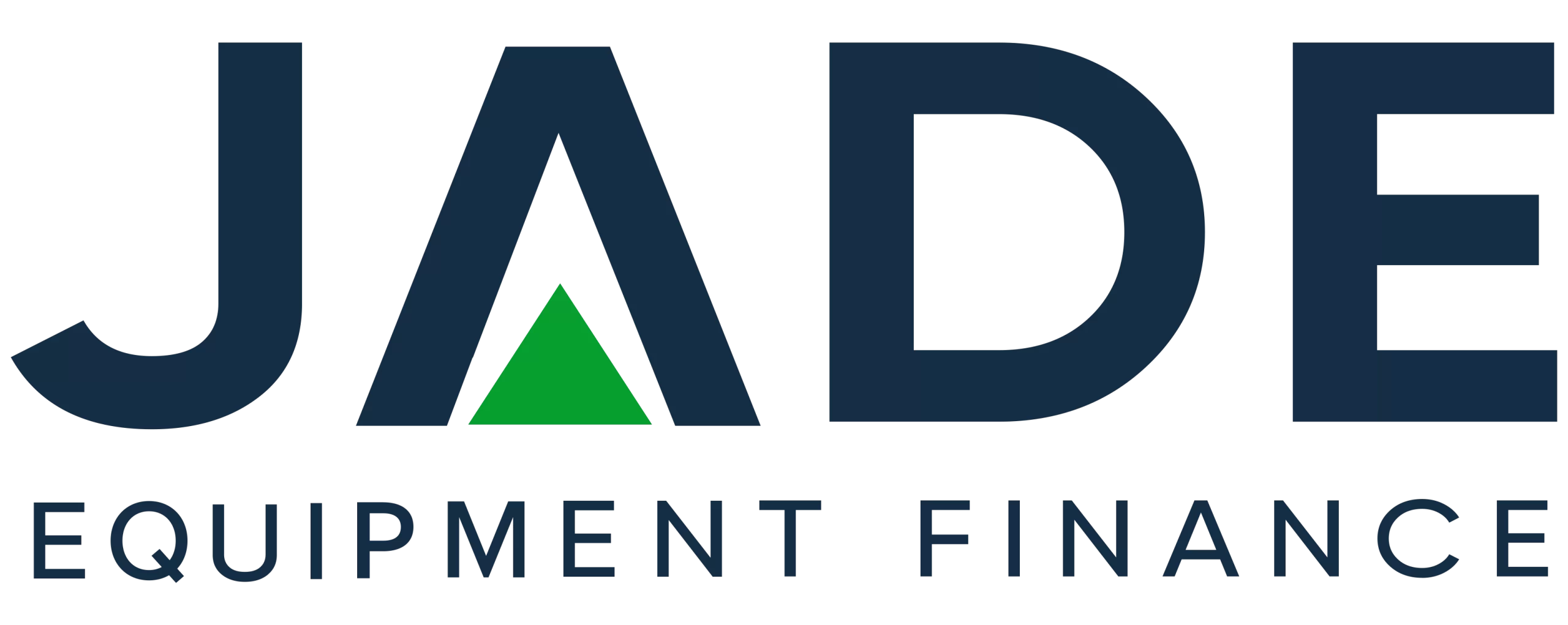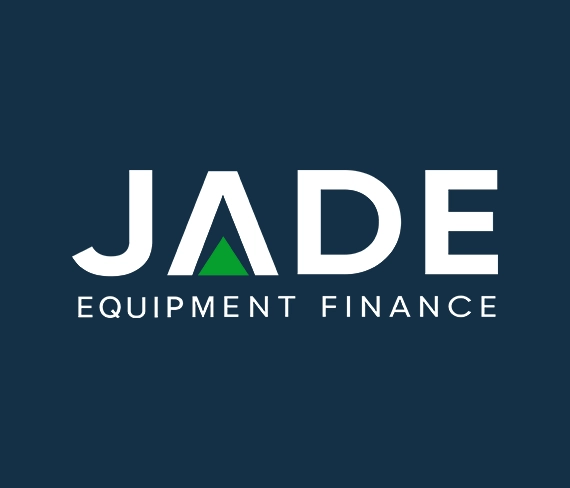Business owners have an expectation that when acquiring assets for their operation, the cost would be considered an expense and as such, a tax deduction. Operators expect that they can ‘write-off’ expenses incurred by their business. But when it comes to the costs associated with asset finance, equipment loan tax deductions vary with the different credit facilities available.
Some commercial credit products allow for the loan repayments to be fully deductible. While with other products, the deduction is realised not from the repayments but through depreciating the equipment over time.
So, which is the best credit product for deductions? In addressing that issue, Jade Equipment Finances provides a brief comparisons of equipment loan tax deductions to assist operators better understand and select their finance product.
Equipment Finance Deductions – Basic Explainer
There are four main types of asset acquisition credit facilities – Chattel Mortgage, Lease, Rent-to-Own and Commercial Hire Purchase. Across this selection there are two ways that businesses can realise a tax deduction on their asset acquisitions – through depreciating the asset and through a straight deduction of the monthly loan payments.
With Lease and Rent-to-Own, the Australian Tax Office (ATO) recognises the monthly repayments as an expense for the business, allowing the full amount to be deducted. With Commercial Hire Purchase and Chattel Mortgage, the main tax deduction is realised through the depreciation of the asset over the effective life of the equipment.
With both approaches, the deduction is made when the accountant prepares the annual tax return for the business, and the annual accounts.
Depreciation as Equipment Loan Tax Deductions
While deducting repayments is straightforward, depreciation is not as simple and possibly not as widely understood. The exception being when the Federal Government introduced Instant Asset Write-Off as a COVID stimulus measure. Many businesses took advantage of this measure to ‘write-off’, or depreciate, the full amount of the acquisition in the same year it was purchased. Under normal depreciation rulings, only a portion of the value of the asset is allowed as a tax deduction each year.
Depreciation is the devaluation of an asset over its effective life. The computations to calculate annual depreciated value are somewhat complex. The ATO details how this is calculated for those interested in learning more. There are two methods plus simplified rulings for small businesses.
As a basic explanation, depreciation is the value based on the purchase cost of the equipment, whether it be new or second-hand, at the time of acquisition. If a downpayment is made, the value to be used for depreciation is the total purchase cost, not the loan amount required. The start time for the depreciation schedule is the first time the equipment is used. For most businesses, this will be the date of purchase or finance settlement.
An ‘effective life’ is established for the equipment to determine over what time period the goods will be depreciated. The method selected is then used to calculate the depreciative value each year, which is then deducted from taxable income. The depreciative value is deducted from the total value for the ensuing year. The total value and the depreciative value decrease each year until the equipment is fully depreciated or expended.
Equipment Loan Tax Deductions Compared
Comparing tax deductions – either deducting the repayments or deducting the depreciative value, and the end result will essentially be the same. Over a Leasing or Rent-to-Own term and when the residual is finalised and deducted, the full purchase cost of the goods will be realised by the business as a deduction.
With Chattel Mortgage and CHP, the full value of the goods will also be released as a deduction, but likely over a longer timeframe. If say a finance term is for 7 years but the effective working life of the equipment is 10 years, the deductions will be made over 10 years not 7. These forms of finance also allow for the interest applied to monthly repayments to be deducted annually.
All commercial credit facilities allow for tax-deductible lender fees and charges. So, in comparing equipment loans based on tax deductions, the overall outcomes are equitable.
Selecting the Right Equipment Finance Facility
In selecting the equipment finance product, businesses should be looking at a range of issues, rather than focussing on the availability of tax deductions. One of the key deciders is the method of accounting used by the business to prepare the annual accounts.
There are two methods – accruals and cash method. Different credit facilities are compatible with different accounting methods. Leasing and Rent-to-Own are compatible with the accruals method, Chattel Mortgage is compatible with the cash method, and Commercial Hire Purchase can work with both.
Another factor to consider is whether or not the business wants an asset the size of the equipment being purchased, posted in their books, on their balance sheet as an asset/liability. Some businesses can make a strategic decision to not have large assets on their books to improve the appearance of the balance sheet. This may be achieved with Lease and Rent-to-Own, where the lender retains ownership of the goods. As the business does not own the asset, it is not in a position to depreciate the asset to realise a tax deduction. Hence the deductible repayment method.
With CHP and Chattel Mortgage, the business takes ownership of the equipment, posts the asset to their books, and depreciates the asset over time.
To decide on the right form of credit to finance plant, machinery and equipment, we advise business owners to consult with their accountant. As a finance broker, our role focuses on sourcing the most affordable loans and structure solutions to optimise equipment loan tax deductions.
For cost-effective equipment loans, contact Jade Equipment Finance on 1300 000 003.
DISCLAIMER: IF MISINTERPRETATIONS, MISREPRESENTATION OR ERRORS EXIST IN THIS ARTICLE, NO LIABILITY IS ACCEPTED. THE INFORMATION IS PROVIDED ONLY FOR GENERAL PURPOSES AND NOT IN ANY MANNER INTENDED AS THE ONLY SOURCE FOR MAKING FINANCIAL DECISIONS. THOSE THAT CONSIDER THEY REQUIRE ADDITIONAL GUIDANCE OR ADVICE SHOULD REFER TO AN INDEPENDENT FINANCIAL ADVISOR.


 " alt="">
" alt="">